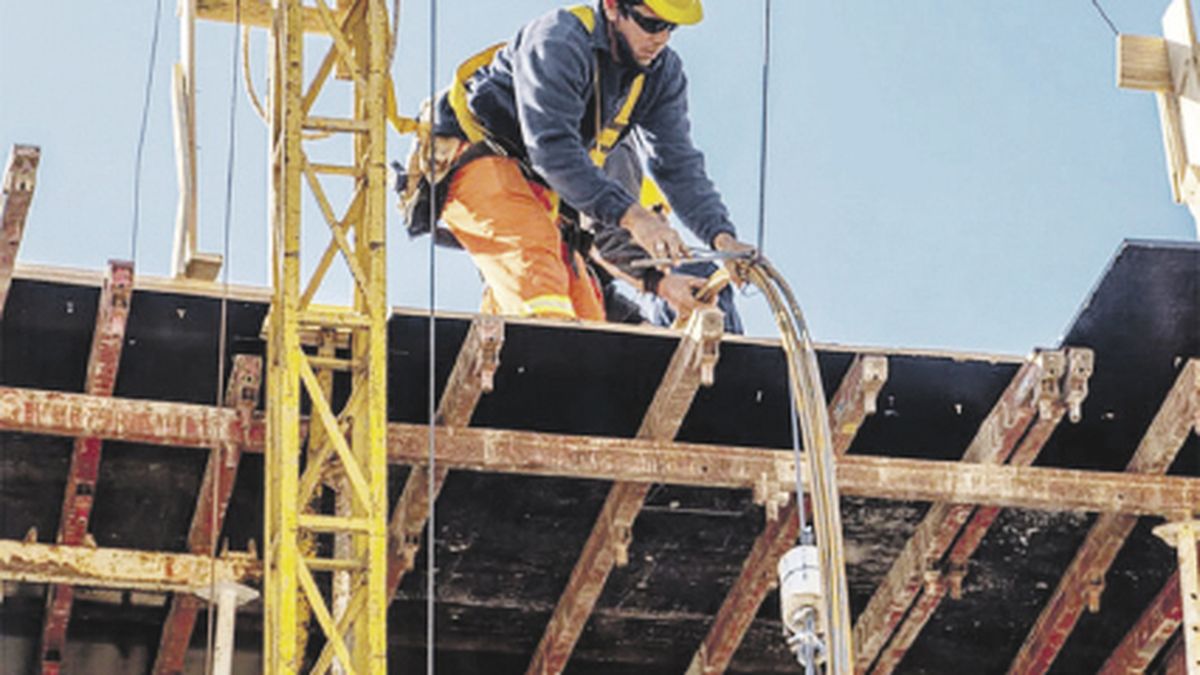For a long time, the lithium-ion battery was considered the only alternative for electric cars. Sodium-ion batteries could soon overtake them, however. The cheaper batteries are already being mass-produced in China.
Even if more and more drivers are opting for an electric car, the costly lithium-ion batteries have also contributed a large part to the fact that vehicles with electric drives continue to be the exception rather than the rule. Their limited range, high price, environmentally unfriendly production, as well as an expandable charging infrastructure stand in the way of a mobility change to this day.
The Chinese battery manufacturer CATL is pursuing the goal of revolutionizing the battery industry and is starting the series production of sodium-ion batteries. The lithium-ion batteries that CATL has produced so far are used, among other things, in the electric cars of the Californian electric car manufacturer Tesla. In the coming year, the British battery developer Faradion plans to follow suit and also start producing sodium batteries.
Car manufacturers arguably accept lower energy densities
According to Faradion and CATL, the new batteries only perform slightly less than lithium iron phosphate batteries. A Faradion battery is said to withstand up to 3000 charging and discharging processes without complaint. Although this is less than with lithium batteries, the charging time is significantly shorter. In addition, the installation of the lithium iron phosphate batteries in Tesla’s Model 3 has shown that car manufacturers are now also accepting and using lower energy densities.
The classic lithium-ion batteries, which we know from our smartphones, are usually used less and less because they are easily flammable compared to other batteries. Sodium-ion batteries, on the other hand, do not pose a risk of fire, as a non-flammable electrolyte is used in their construction. They are also extremely cold-resistant.
Sodium-ion batteries are much cheaper
Another advantage over lithium-ion batteries is the manufacturing cost. It is not only the high price of the rare metal cobalt that is important. Lithium is increasingly considered a scarce resource, which is why the price has more than doubled since the beginning of 2020. Copper is also becoming more and more expensive due to the increasing demand. None of these substances are required for the production of the sodium batteries.
This in turn also benefits the environment, because huge areas have to be destroyed in order to mine lithium, copper and cobalt. The raw materials of a sodium-ion battery, on the other hand, can be obtained in a much more climate-friendly way.
New Zealand and Australia are the biggest buyers so far
There are, however, some disadvantages. The sodium batteries have an output of 50 megawatt hours and can be used mobile and stationary. Even if this can already be seen, this performance does not come close to lithium batteries, which are created in huge gigafactories.
If the new batteries are successful, however, these production facilities could also be used for sodium batteries without any problems. The production facilities are largely identical. While the anode and cathode of lithium batteries are made of aluminum and copper, only solid carbon from environmentally neutral biomass is used in the production of the anode of sodium batteries. The cathode consists of sodium-nickel-manganese-titanium-magnesium oxide.

With a slightly lower demand on energy density, the sodium-ion battery is a more environmentally friendly, cheaper and safer alternative to lithium. However, you will have to be patient for this to be installed in series production in an electric car. So far, Faradion’s biggest customers have been the oceanic states of Australia and New Zealand, who want to use the batteries to buffer solar power.
Swell: , ,
I am Pierce Boyd, a driven and ambitious professional working in the news industry. I have been writing for 24 Hours Worlds for over five years, specializing in sports section coverage. During my tenure at the publication, I have built an impressive portfolio of articles that has earned me a reputation as an experienced journalist and content creator.




